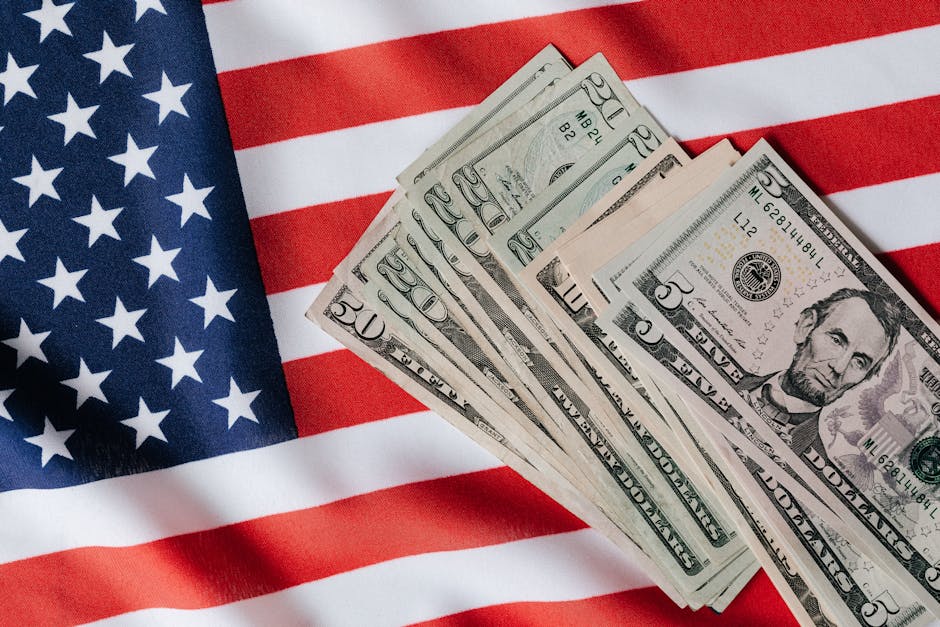
Have you ever spotted a familiar logo while traveling to a different country and thought, “Wait, that doesn’t look like the logo back home”? It’s like running into an old friend who got a snazzy makeover and a new accent. Global logos are like the world’s most well-traveled celebrities – constantly adapting to fit in with their surroundings while still maintaining their unique identity. Join us as we dive into the world of cross-cultural design influences and explore how logos evolve and thrive in a global marketplace.
The Power of Global Logos
Have you ever noticed how some logos are instantly recognizable no matter where you are in the world? It’s like they have some kind of superpower that transcends language barriers and cultural differences. That’s , my friends.
These logos are like the Avengers of the business world, swooping in to save the day with their bold colors and sleek designs. They’re the superheroes of branding, able to communicate a company’s values and identity with just a single image. It’s like they have their own secret language that everyone understands.
Imagine walking down a bustling street in Tokyo and seeing the iconic golden arches of McDonald’s or spotting the swoosh of Nike in the mountains of Peru. It’s like running into an old friend in a foreign country – familiar, comforting, and always there when you need them.
So next time you see a global logo shining brightly on a billboard or storefront, take a moment to appreciate the power it holds. It’s not just a symbol – it’s a beacon of connection and unity in a world that can often feel divided. And that, my friends, is truly something worth celebrating.

Cultural Significance in Logo Design
Have you ever wondered why certain logos have hidden meanings or symbols that seem to capture the essence of a culture? Well, let me enlighten you on the cultural significance in logo design!
One key aspect of is the use of colors. For example, in many Eastern cultures, the color red symbolizes luck and prosperity, which is why you see so many Fortune 500 companies using this color in their logos. On the other hand, in Western cultures, blue is often associated with trust and reliability, hence why many financial institutions and tech companies opt for this color.
Another interesting aspect is the use of shapes and symbols. Many logos incorporate shapes and symbols that hold special meaning in a particular culture. For instance, the Nike swoosh is meant to represent movement and speed, aligning perfectly with the company’s focus on athleticism and performance.
So next time you see a logo, take a closer look and see if you can spot any cultural significance hidden within. Who knows, you might just uncover a whole new layer of meaning that will make you appreciate the design even more!

Influences of Cross-Cultural Design
When it comes to cross-cultural design, there are a myriad of influences that can impact the final product. From varying aesthetics to different cultural norms, designers must navigate a complex landscape to create successful and meaningful designs.
One key influence of cross-cultural design is the use of color. Different cultures associate different meanings with certain colors. For example, in Western cultures, white is often associated with purity and cleanliness, while in many Asian cultures, it can symbolize mourning or death. Designers must be mindful of these associations when selecting color palettes for their designs.
Another influence of cross-cultural design is symbolism. Symbols can hold vastly different meanings in different cultures. For instance, the color red may symbolize luck and prosperity in Chinese culture, while in South African culture it can symbolize mourning. Designers must carefully research the cultural significance of symbols to ensure they are not inadvertently sending the wrong message.
Overall, cross-cultural design requires a deep understanding of the nuances of different cultures. Designers must be able to adapt their design choices to resonate with a global audience, while still honoring and respecting the diverse beliefs and traditions of different cultures. By embracing these influences, designers can create truly impactful and culturally sensitive designs that speak to a broad range of people.

Key Elements of Global Logo Design
When it comes to global logo design, there are a few key elements that can make or break your brand. Let’s dive into what you need to know:
Cultural Considerations: In a world where cultural diversity is king, it’s important to ensure that your logo design resonates with audiences from different backgrounds. Consider colors, symbols, and imagery that are universally accepted or avoid those that may be offensive in certain cultures.
Simplicity is Key: Keep your logo design clean, simple, and easily recognizable. Don’t overcrowd it with unnecessary details or text. Remember, less is more when it comes to logo design!
Adaptability: Your logo should be versatile enough to be used across various platforms and mediums. Make sure it looks good whether it’s on a billboard, a business card, or a social media profile. Flexibility is key!
Case Studies: Successful Cross-Cultural Logo Designs
Japanese-Inspired Logo for Sushi Restaurant Chain
Our first case study features a sushi restaurant chain looking to rebrand with a logo that would appeal to both Japanese and American customers. The designer cleverly incorporated traditional Japanese elements such as cherry blossoms and origami cranes, while also adding a modern twist with vibrant colors and sleek fonts. The result? A logo that perfectly captures the essence of the restaurant’s fusion cuisine.
Mexican-American Fusion Food Truck Logo
In our next case study, we have a food truck specializing in Mexican-American fusion cuisine. The challenge here was to create a logo that would reflect the unique blend of flavors and cultures. The designer struck the perfect balance by combining traditional Mexican motifs like cacti and sombreros with American icons such as hamburgers and hot dogs. The end result? A logo as bold and flavorful as the food it represents.
Italian-Inspired Coffee Shop Logo
Lastly, we have a coffee shop looking to attract a diverse clientele with its Italian-inspired menu. The designer crafted a logo that pays homage to classic Italian imagery like espresso cups and vineyards, while also incorporating whimsical elements like steaming cappuccinos and swirling latte art. The end result is a logo that promises customers a taste of Italy with every sip of their favorite brew.
challenges-in-creating-cross-cultural-logos”>Challenges in Creating Cross-Cultural Logos
Creating cross-cultural logos can be quite the challenge, especially when you’re trying to appeal to multiple audiences with different cultural backgrounds. Here are some of the hurdles designers face when trying to craft logos that resonate with diverse groups:
- Language barriers: Finding a word or phrase that translates well in different languages can be like trying to fit a square peg in a round hole.
- Symbol interpretation: What may be seen as a symbol of luck in one culture could be seen as a bad omen in another. It’s like playing a game of logo design roulette.
- Color conundrums: Colors have different meanings in different cultures. Trying to find a color scheme that doesn’t inadvertently offend someone can feel like walking on a tightrope.
And let’s not forget about the cultural nuances that can easily be misinterpreted in a logo. From hand gestures to animal symbolism, there’s a minefield of potential missteps waiting for unsuspecting designers. It’s like trying to navigate a logo design obstacle course blindfolded.
In conclusion, creating cross-cultural logos is not for the faint of heart. But with a little creativity, research, and a whole lot of trial and error, designers can eventually strike the right balance and design a logo that speaks to everyone, no matter where they’re from. It’s like solving a complex puzzle, but with a logo at the end instead of a picture of a cute kitten.
FAQs
What are the key factors to consider when designing a global logo?
When designing a global logo, it’s important to consider cultural differences, language barriers, color meanings, and symbolism that may vary across different regions. You don’t want your logo to accidentally offend someone or convey the wrong message!
How can a designer make a logo appealing to audiences from different cultures?
To make a logo appealing to diverse audiences, a designer can incorporate elements that are universally recognized and understood, such as simple shapes, neutral colors, and timeless designs. Avoid using specific cultural symbols or references that might alienate certain groups.
Why is it important for a company to have a culturally sensitive logo?
A culturally sensitive logo shows that a company respects and values diversity, which can help build trust and connect with a wider range of customers. It also reduces the risk of backlash or negative publicity due to cultural insensitivity.
Can you give an example of a global logo that successfully incorporates cross-cultural design influences?
One example of a successful global logo is Coca-Cola’s iconic red and white design. The color red is associated with energy and passion in Western cultures, while white symbolizes purity and simplicity. This simple yet bold combination has allowed Coca-Cola to transcend borders and appeal to consumers worldwide.
How can a company test the effectiveness of a global logo across different cultures?
One way to test the effectiveness of a global logo is to conduct focus groups or surveys in different regions to gather feedback from a diverse group of consumers. Pay attention to how people interpret the logo, what emotions it evokes, and whether it resonates with their values and beliefs.
Time to Break the Borders and Unite Through Design
Now that we’ve delved into the world of cross-cultural design influences in global logos, it’s time to take a step back and appreciate the beauty of diversity. Just like logos, we may come from different backgrounds and cultures, but ultimately, we all share the same goal – to create impactful and meaningful designs that resonate with people across the globe.
So let’s embrace the power of design to break down borders and unite us all in a visually stunning harmony. Whether it’s through colors, symbols, or typography, let’s continue to push the boundaries of creativity and inspire one another to create logos that speak a universal language.
Remember, the world is our canvas, so let’s paint it with the vibrant colors of diversity and unity. Until next time, keep designing and spreading love through your creations!











